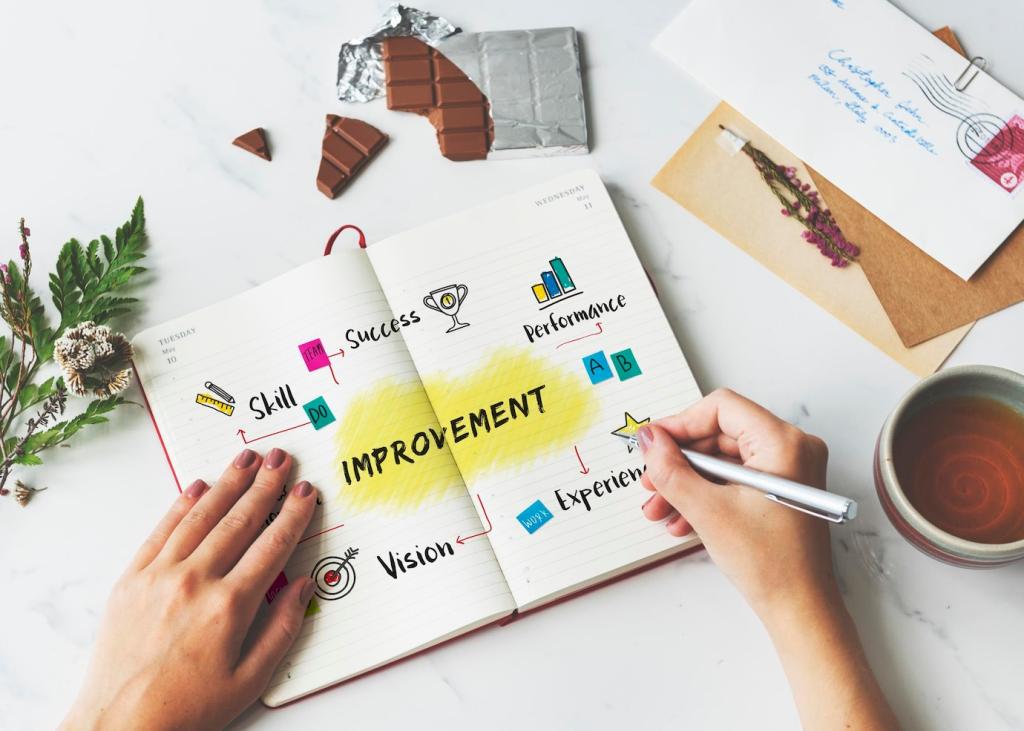Stories from the Home Front
Sam rearranged sticky notes across a hallway wall to untangle a messy client scope. The physical walk helped him spot a missing dependency. He shared the rearranged photo, secured alignment, and delivered the project under budget.
Stories from the Home Front
Maya divided the hardest analysis into dawn and late evening when the house was silent. She reserved afternoon noise for outreach. By aligning tasks to family rhythms, she produced sharper insights and felt less daily friction.





